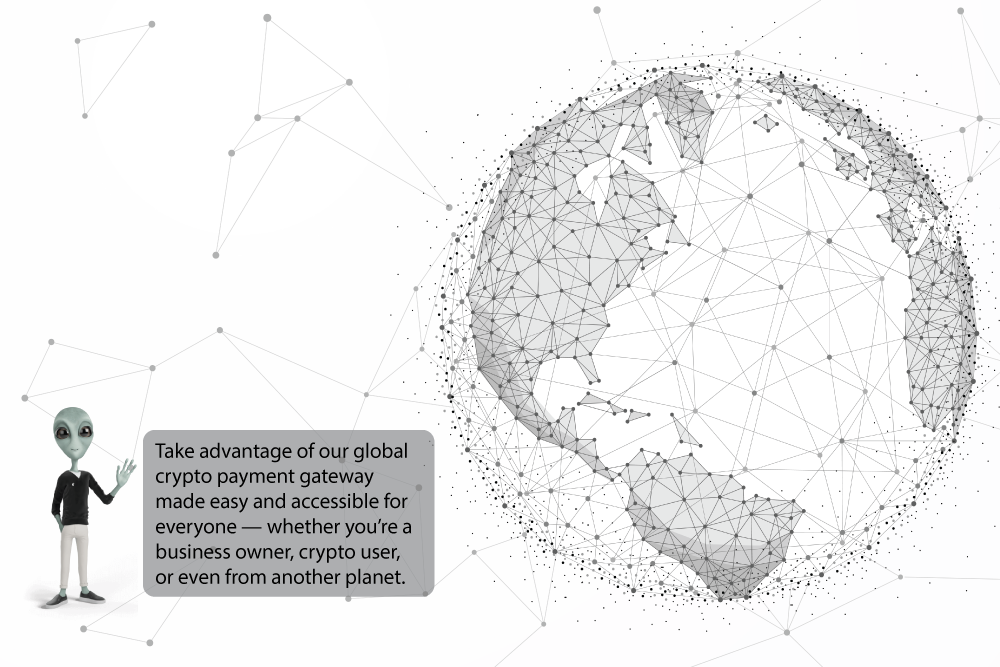The fuse is lit for cryptocurrencies to boom as a form of global payment, and within 12 to 24 months there will be a massive explosion in crypto being as readily accepted by merchants and others — as common as credit cards and cash are today.
That was the key takeaway after Advisors Magazine caught up in late August with entrepreneur Jason Butcher, CEO of CoinPayments.net – a global crypto payment gateway for merchants and the masses. Butcher said the global crypto gateway now counts 1.2 million clients.
 “In this current phase of adoption, we get about 25,000 to 30,000 new clients every month who sign up with an account,” he said. “And we have more than 100,000 active clients; by that, I mean clients that have actually accepted a transaction.”
“In this current phase of adoption, we get about 25,000 to 30,000 new clients every month who sign up with an account,” he said. “And we have more than 100,000 active clients; by that, I mean clients that have actually accepted a transaction.”
The other million or so CoinPayments clients simply haven’t completed a transaction yet, meaning that their customers just haven’t paid them in crypto. Nonetheless, CoinPayments is now handling $500 million to $700 million in annual crypto transactions, according to Butcher, a level that has been doubling nearly every year since the company’s founding in 2013.
Butcher likens the development of using crypto as a form of payment to the history, growth, and acceptance of using credit cards. Even before that, in the 1940s and 1950s, local stores and merchants had a network of customers who were approved for and accepted as having credit. When credit cards came along such customer networks grew exponentially.
But in the early years of credit cards, many will remember the carbon paper contraption that took an imprint of the customer’s card. “You had that slider device and the merchant would take your card, lay it in there and make a record of the transaction,” Butcher recalled. “But the merchant wouldn’t really know if there was any money or credit on that customer’s card,” he added. “It was much more of a trust issue or a feeling like, ‘Wow, this person has a credit card, so there must be some sort of value.”
Next came technology and the computer terminals that connected all these credit cards, and the issuing banks with facilities to verify whether there was actually credit available.
As credit cards became more popular, so did trust and confidence. Storefronts and restaurants would commonly stick the logo decals on their windows and glass doors of cards accepted at their establishments—one or more of Amex, MasterCard, Visa, Discover, the old Diners Club and others. Such an early adoption/acceptance stage is now happening with crypto payments.
“This is the stage we’re at now with crypto payments, and it’s the space we’re in,” Butcher said. “The technology exists today that allows you to instantly verify and validate that you’ve received that payment through crypto.”
Same with ATM machines in the United States where users see a range of different payment networks—Amex, Cirrus, Maestro, Mastercard, are just a few ubiquitous examples.
“Those are all different payment networks, right?” Butcher said, “Simply put, the combination of cryptocurrencies with blockchain technology is just another type of payment network. And we are about to see it explode everywhere.”
Like those storefronts of years gone by, signs indicating Bitcoin, Ether, Dogecoin or other digital currencies ‘accepted here’ will become commonplace, according to Butcher. 
Helping drive such adoption are many of the solutions and support found on the CoinPayments platform. Among several features for online businesses, the CoinPayments site offers a shopping cart plug-in system to accept digital payments. “Shopify is just one using this system, and it has seen 10 times the amount of crypto business volume in the last year alone,” Butcher said.
Key business services also include real-time global payments, reduced fraud risk with no chargebacks, and what Butcher says are industry-low processing fees of only 0.5% (paid by merchants). A strong growth area for CoinPayments is point of sale (POS) terminal enablement, more of which is on the horizon, according to Butcher.
Meanwhile, individuals -- or wallet users -- of CoinPayments can hold more than 2,210 cryptocurrencies on one platform, purchase crypto with a credit card, convert cryptocurrencies, and even buy gift cards.
And whether an old-fashioned physical wallet or a digital wallet, Butcher believes that how to pay for a good or service should be the customer’s choice.
“Some people still carry a wallet and inside that wallet, you may have physical cash,” he explained. “You may also have a Visa or Mastercard.” Likewise, on most phones today, people may have a PayPal account, Venmo, Apple or Google Pay—some form of a digital wallet.
“So, when you go out for a $100 dinner, you should have the option of paying the restaurant with whatever form of payment you choose to use,” Butcher emphasized.
Almost everyone has experienced being at a restaurant, getting the check and sheepishly realizing their Visa or Mastercard is maxed out. Their physical wallet may also be short on cash. The time is here, according to Butcher, when you might want to pay that $100 restaurant tab partly in cash and partly in crypto—or entirely in crypto. And customers are more likely to frequent those businesses that offer more payment options and flexibility.
“If an establishment does offer the ability to accept payment in crypto, it’s my choice to decide if I want to pay in crypto, or if I want to make a payment in another form,” Butcher said.
Butcher adds that what’s happening now is a shift to more payments being made in stablecoins. A stablecoin is a class of cryptocurrencies that attempts to offer price stability by being pegged to a currency like the U.S. dollar or a commodity like gold, according to Investopedia.
Personally, the CoinPayments CEO notes that he’s payment agnostic, supporting all forms of payment and cryptocurrencies.
“But I look at a stablecoin or a stable value currency as ultimately what we’re all after -- a global currency that people can exchange and provide value to each other,” Butcher said.
“And when a dominant stablecoin emerges, you’ll see more and more transactions happening in that, more people interacting with their digital wallets using that digital coin,” Butcher said, “because that will be a stable value that’s consistent.”
For more information, visit CoinPayments.net



